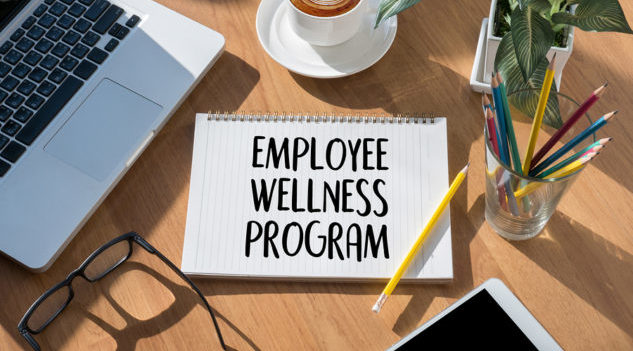The brutal reality of COVID-19 has shown us how critical people leadership and culture is. Our actions during these tough times will forever make an impression on our most valued asset – our people.
So, how do we build an effective health and wellbeing strategy that provides the appropriate mental, physical, social, and emotional support that current and future employees need and expect? To shed light on this, Vitality Works conducted research across 13 industry sectors in Australia and New Zealand to gain a unique understanding on how the pandemic impacted businesses and the influence a post-COVID world may have on the future of employee health and wellbeing.
Whilst the research is conducted amongst medium to large-sized organisations, we believe that small-business owners can apply similar strategies.
Treat employees as people and not just as workers
People are the lifeline of businesses. Without them, we do not exist. And while this has always been a truth, the pandemic has shone a much-needed light on it and prompted many to prioritise the health and wellbeing of their employees.
It was no surprise in the research that 82 per cent of respondents viewed having a health and wellbeing strategy as a high priority. With a blurring of the boundaries between work and home, it is now an expectation if you are to attract and retain talent. From an employee’s perspective, health and wellbeing can no longer remain a box-ticking exercise – it needs to be an integral part of the business.
As small-business owners, we must heed this opportunity to look beyond the “worker” and view, understand, and support individuals in their totality as a “whole person”. Our goal should be to build a culture of mental safety and openness and help employees take small steps every day towards better health, both in their work and home lives.
Safety and mental health challenges are constant
The past year illustrated the impact that change and uncertainty is having on mental health and safety, and reinforced that it is not just a one-off, but an ongoing issue.
We must respond by helping employees deal not only with the physical, psychological, and work-related challenges faced since the pandemic but also navigate the further change and uncertainty that may lie ahead. Depression and anxiety; mental wellbeing; team morale; fatigue/burnout and physical wellbeing are five of the top issues that our research identified as potentially negatively impacting employees over the next six months due to COVID-19.
It is critical for small-business owners and people leaders in our teams to take a whole-person view of individuals, helping them build their mental, social, physical, financial, vocational, and spiritual (meaning and purpose) wellbeing.
If you still have staff working remotely, re-examining personal safety policies to include family violence protection measures and additional addiction support may be required by some businesses.
Understanding the post COVID world and critical next steps
The pandemic prompted many businesses to integrate new technology quickly to meet the changing needs of remote workers. The exciting opportunity for small-business owners is to encourage our staff to connect virtually and use technology to deliver more targeted, personalised and innovative health and wellbeing initiatives. Wearable technology, health apps, telemedicine and digital communication offer new, interactive methods of delivering wellness initiatives.
Act now
Regardless of the size of your business, the new frontier of people leadership is upon us. As a small-business owner, assessing our employees’ real experiences of work after the changes enforced in 2020 as well as reiterating the importance of strong communication channels should be our shared number one goal in the year ahead.
Cathy McDonald, Executive General Manager, Vitality Works










